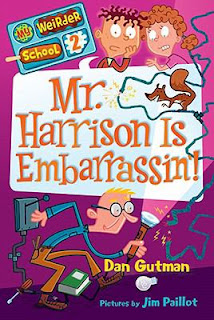A Long Walk to Water
Specifics
APA Citation: Park. S, L. (2010). A Long Walk to Water. Boston, Massachusetts: Clarion Books.
Meets EDU 333 Blog Requirement For: Engage middle school students, Diverse protagonist
Lexile Level: 720L
Audience: Middle School Students
Meets EDU 333 Blog Requirement For: Engage middle school students, Diverse protagonist
Lexile Level: 720L
Audience: Middle School Students
Summary
This book follows two young children living in difficult and different time periods in South Sudan. One, is a boy named Salva, is forced to leave his hometown by himself when it is under attack. He begins walking with a bunch of strangers trying to find a safe place. In the end, he became one of the Lost Boys who traveled to America and was able to make a life here. He also raises money to get clean water for the people of South Sudan. This is how he ends up meeting Nya, a young girl who walks everyday to find clean water for her family, which is a huge struggle in this area of the world.
Evaluation
This book is great for middle schoolers because it is not too long, but also touches on alot of themes such as culture, perservereance, and family. This book is also a true story, so it can lead to incredible class discussions and research for further information. When a story is true, it seems to spark children in a different way than ficiton novels.
Park does an interesting thing by having two stories going in one novel, something that is not done often and as a class we can talk about how she does that and has the characters meet in the end.
Park does an interesting thing by having two stories going in one novel, something that is not done often and as a class we can talk about how she does that and has the characters meet in the end.
Mini Lesson
I would have the students try to create their own two story-short story with a partner. Each could write a story, then together they find a way to connect the two characters.

















